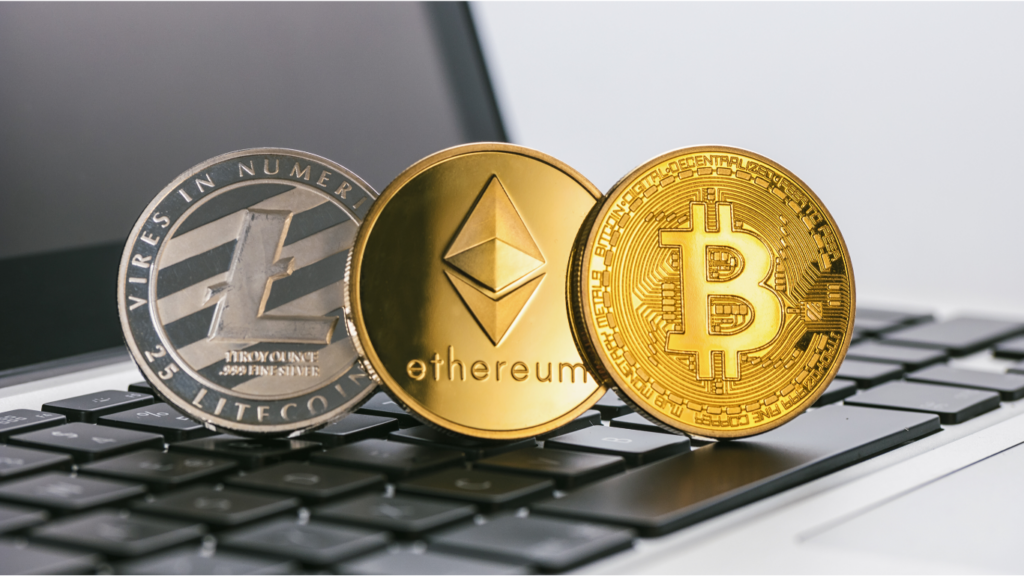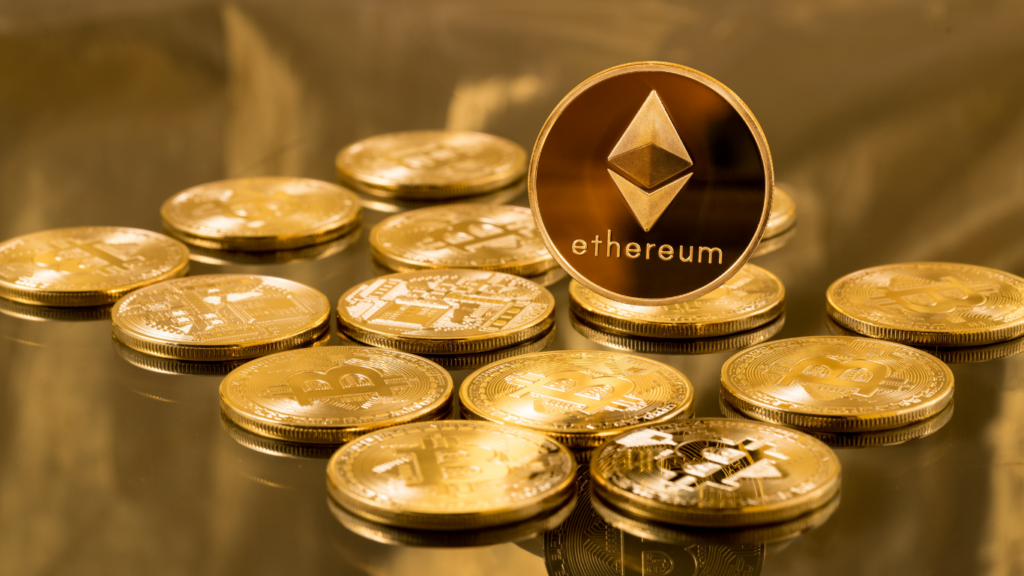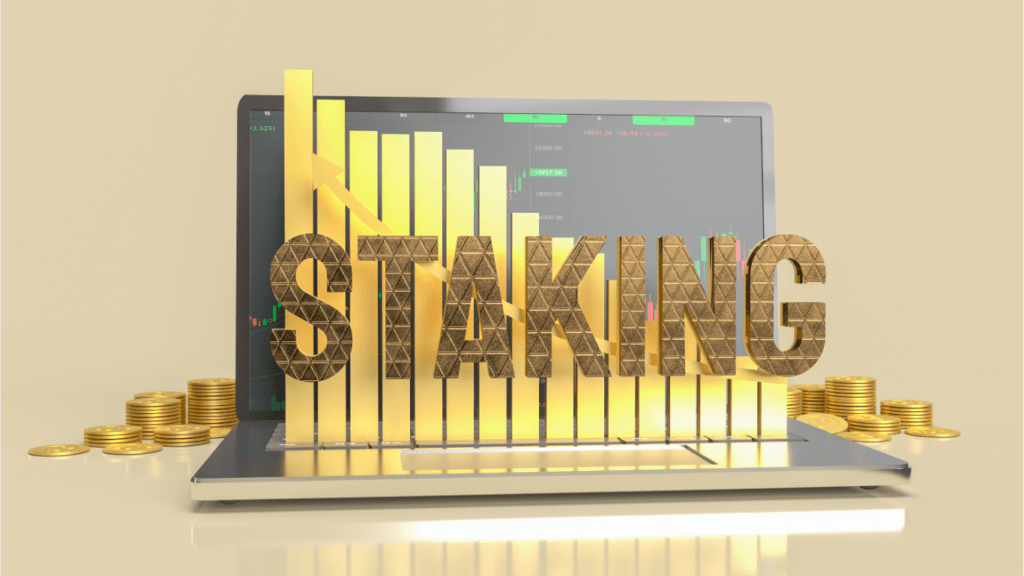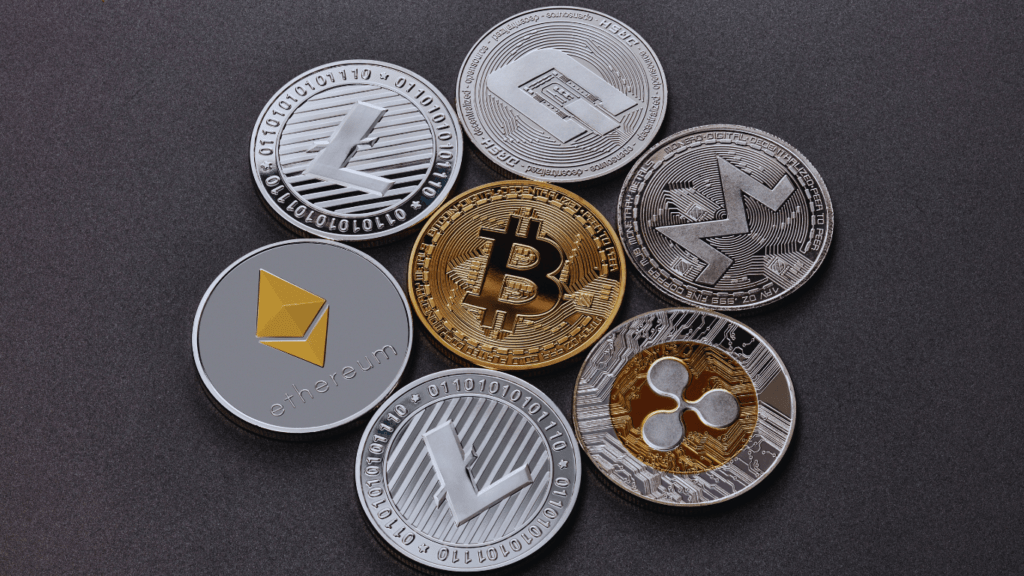Navigating the world of cryptocurrency can feel overwhelming, especially when you’re trying to pinpoint tokens with real long-term potential. With countless options flooding the market, it’s easy to get caught up in hype and overlook the factors that truly matter. But identifying high-utility tokens doesn’t have to be a guessing game.
Understanding High-Utility Tokens
Evaluating high-utility tokens involves examining their purpose and functionality. These tokens offer tangible benefits, distinguishing them from speculative assets.
What Are High-Utility Tokens?
High-utility tokens serve essential functions in blockchain ecosystems. They grant access to platform-specific services, facilitate transactions, or provide governance rights. For example, Ethereum’s ETH is required to pay gas fees, and Uniswap’s UNI enables users to vote on platform upgrades. Such tokens are integral to the network’s operations and user experience.
Importance of Utility in Cryptocurrency Investments
Utility underscores a token’s relevance and long-term viability. Tokens with clear, defined use cases often attract consistent demand. When demand aligns with robust adoption—like Binance Coin (BNB) used for reducing trading fees—value tends to grow sustainably. Ignoring utility can lead to high risks, as speculative assets lack this foundational stability.
Key Criteria for Identifying High-Utility Tokens

Evaluating high-utility tokens requires focusing on specific characteristics that determine their long-term potential. Clear use cases, robust development support, scalability, and regulatory alignment are critical factors to assess.
Real-World Use Cases
Tokens with real-world applications tend to generate stronger demand. I examine whether a token facilitates essential functions like:
- enabling access to decentralized applications
- securing networks
- solving tangible problems
For example, Chainlink’s LINK provides reliable data oracles for smart contracts. These functional roles suggest sustainable value over speculative appeal.
Strong Development Team and Community
A capable development team and active community often signify a project’s strength. I analyze the team’s technical expertise, prior achievements, and ongoing contributions to the ecosystem. A thriving community supports token adoption through shared goals and engagement, as seen with Bitcoin’s decentralized contributors or Ethereum’s developer network.
Scalability and Sustainability
Scalability and long-term viability are key for tokens designed to grow with usage. I review a project’s capacity to handle increased demand without degrading performance, considering metrics like transaction throughput and network upgrades. For instance, Solana emphasizes high-speed operations, ensuring scalability while maintaining low transaction costs.
Compliance and Transparency
Regulatory compliance boosts a token’s credibility and mainstream acceptance. I assess whether the project adheres to legal standards and offers transparent communication about its processes. Verifiable information, such as audits or regulatory filings, enhances trust. Ripple’s XRP, despite facing legal challenges, consistently prioritizes compliance discussions, highlighting its intent to align with regulations.
Long-Term Gains: Avoiding Common Pitfalls
Achieving long-term gains in cryptocurrency investments requires avoiding common pitfalls that erode potential returns. Recognizing red flags, balancing risk versus reward, and diversifying effectively are key steps in minimizing these risks.
Identifying Red Flags
- I always check for clear warning signs when evaluating tokens to avoid unreliable investments.
- Lack of transparency in project documentation, such as unclear whitepapers or missing roadmaps, signals poor planning or hidden motives.
- Tokens with anonymous teams raise credibility concerns, as successful projects are often led by publicly accountable individuals.
- Unsustainable tokenomics, including excessive token supply or unclear distribution mechanisms, can dilute value and hinder growth.
- Additionally, high-profile partnerships or claims backed by minimal evidence often indicate exaggerated marketing over genuine utility.
Balancing Risk and Reward
I aim to balance the potential risks and rewards of each investment. High-utility tokens with proven use cases, like Ethereum’s ETH or Chainlink’s LINK, offer more stable gains compared to speculative or new tokens with no track record. Conducting market trend analyses helps me identify tokens with growth momentum while avoiding overhyped assets. Diversified time horizons, combining short-term trading with long-term holding, also help reduce exposure to market volatility. Realistic expectations matter, as focusing solely on astronomical returns often results in chasing risky speculative assets.
Diversification Strategies
I prioritize diversification to protect my portfolio against unexpected losses. Allocating assets across different blockchain ecosystems, like Ethereum, Binance Smart Chain, and Cardano, spreads risks related to performance and adoption rates. Including tokens with varied utilities, such as governance, transaction facilitation, and decentralized finance functionality, ensures resilience against market-specific downturns. Additionally, I monitor correlations between tokens to avoid concentrating holdings in highly interconnected assets, further reducing systemic risk.


 Blockchain Tech Contributor
Blockchain Tech Contributor

